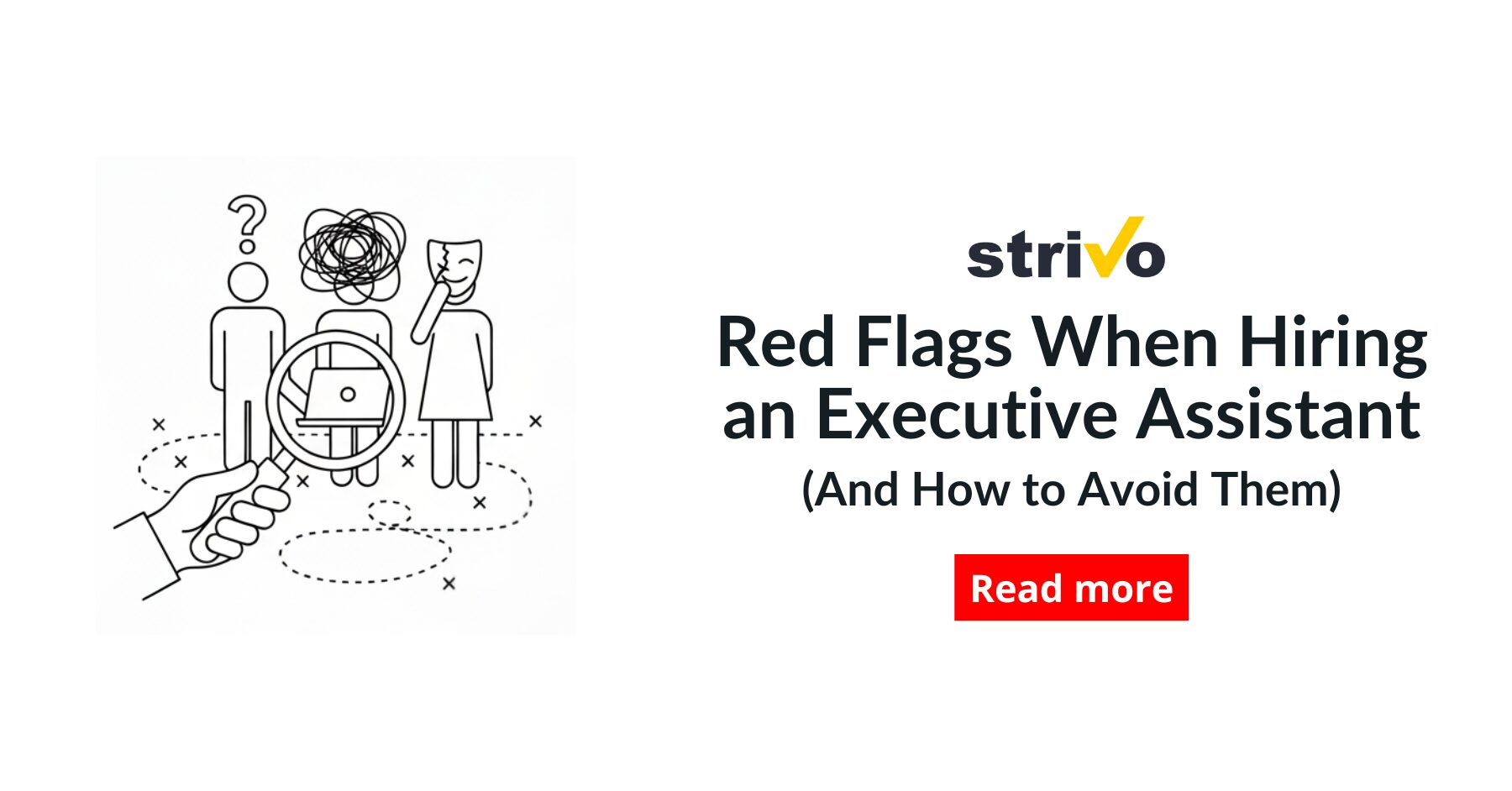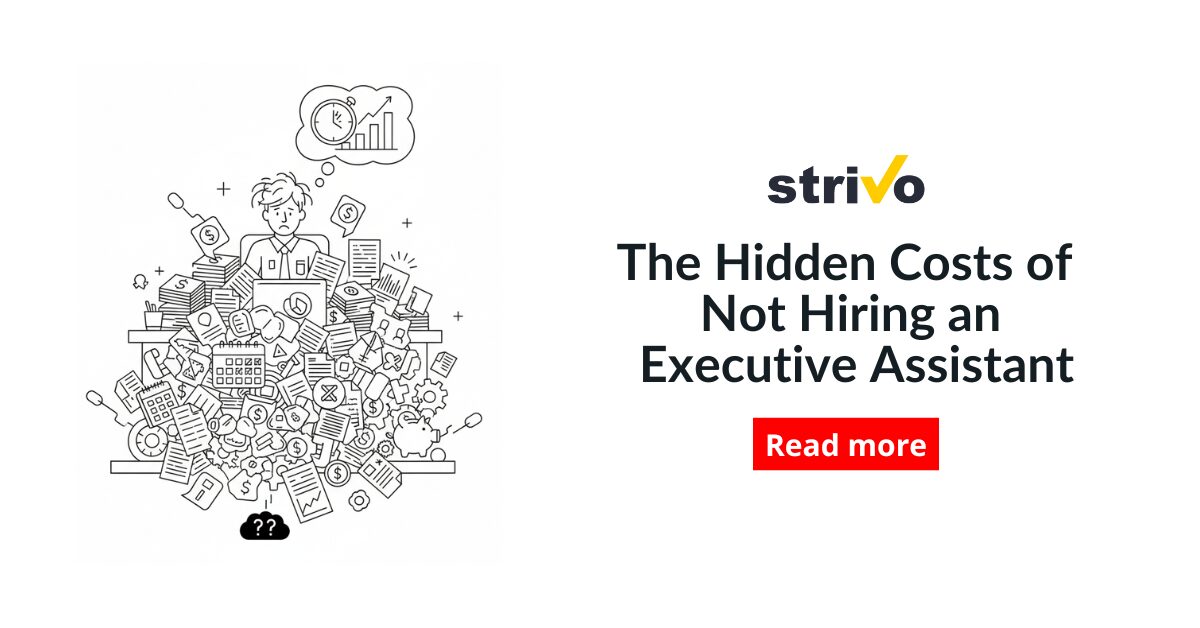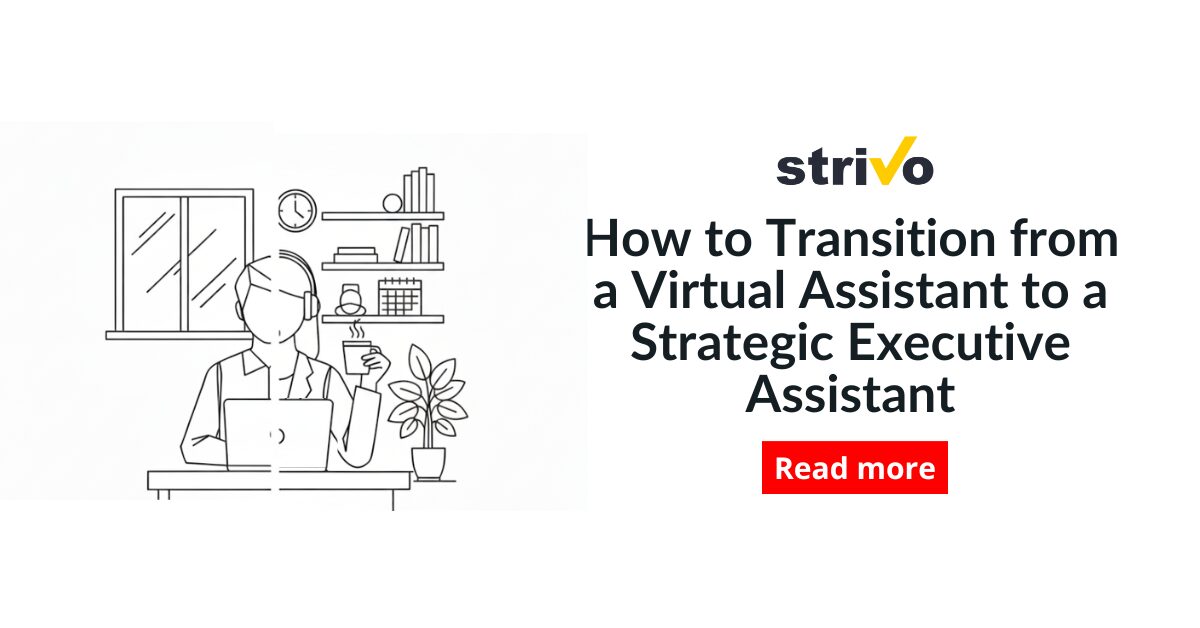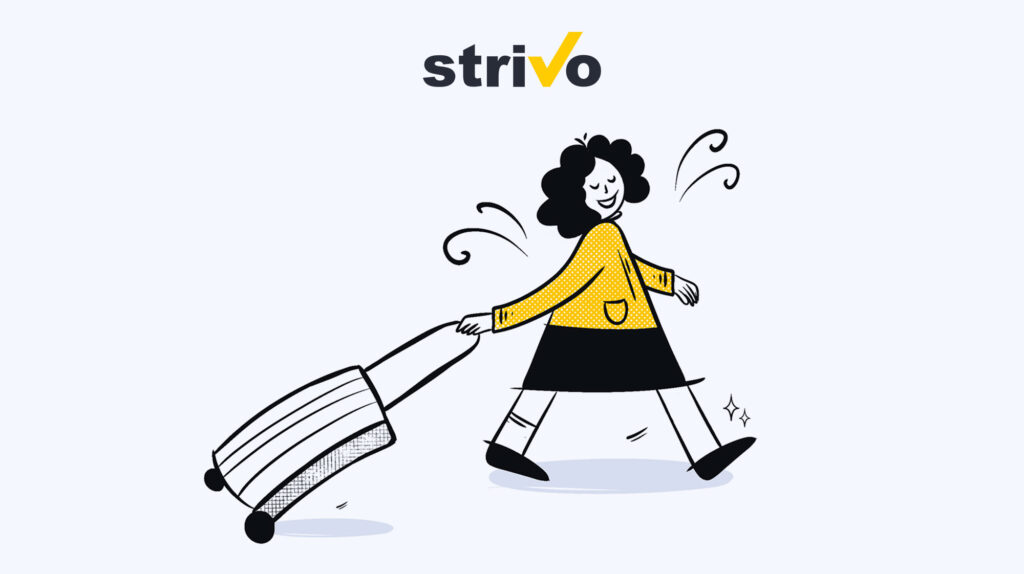Hiring executive assistant isn’t just about getting a helping hand. It’s about bringing on a trusted partner who can think like you, move with you, and provide exceptional administrative support so you can focus on what really matters. But just like any key hire, getting it wrong can cost you time, money, and momentum.
Whether you’re a founder hiring executive assistant roles for the first time or looking to level up from an administrative assistant, knowing the red flags can save you from frustration. A great EA plays a pivotal role in your executive leadership team, supporting senior executives, managing complex calendars, and ensuring smooth operations for both internal and external stakeholders.
Here’s your guide to spotting the signs early—and making the right hire from the start.
Why the right EA matters more than you think
Your executive assistant will become the second brain in your business. They’re not just scheduling meetings, making phone calls, or handling travel arrangements. The right EA protects your time, manages expense tracking, prepares briefing materials, and helps you align with organizational goals.
Get it wrong, and you’ll be stuck micromanaging tasks in a fast paced environment. Get it right, and you gain high level administrative support that strengthens your leadership team, keeps company goals on track, and helps you lead with professionalism.
10 Red Flags When Hiring an Executive Assistant
Let’s break down the red flags that signal it might not be the right fit—and what to look for instead.
Red Flag #1: They see themselves only as a task-taker
Some candidates for executive assistant jobs are great at task management but lack initiative. If they see their job description as just “checking boxes,” you’ll spend more time delegating than leading.
What to look for instead:
Hire the right executive assistant who asks about company events, key events, and core values. Strong EAs want to understand the bigger picture so they can ensure accuracy, support clients, and help you quickly broaden your impact.
Red Flag #2: They struggle with communication
If your EA can’t adapt their tone with internal teams, external stakeholders, or senior level executives, you’ll face misalignment. Excellent communication skills are non-negotiable.
What to look for instead:
Seek someone who demonstrates outstanding communication skills in emails, meeting coordination, and follow ups. Bonus if they’re fluent with Microsoft Outlook, Microsoft Office Suite, and Microsoft PowerPoint for presentations to executives.
Red Flag #3: They wait for you to set the pace
An EA who can’t anticipate challenges or assist with special projects isn’t giving you the support you need. In a dynamic environment, waiting for constant instructions slows you down.
What to look for instead:
Choose an EA who actively builds systems, coordinates travel logistics, and handles travel management without hand-holding. This shows prior experience in supporting CEOs and senior executives effectively.
Red Flag #4: They don’t ask questions
Silence during onboarding might mean a lack of engagement. Without curiosity, they can’t serve as a trusted partner to your executive team.
What to look for instead:
Look for someone who asks about resources, required skills, and challenges. Their questions should reveal professionalism and commitment to ensuring smooth operations.
Red Flag #5: They lack tech fluency
Today’s administrative support requires comfort with new tools. If they can’t navigate Microsoft Outlook, manage complex calendars, or handle travel coordination software, they’ll slow the team.
What to look for instead:
Seek adaptability. The best EAs leverage new tools, create shortcuts, and streamline office operations to support executives in a fast paced environment.
Red Flag #6: They don’t understand boundaries or confidentiality
Your EA will often interact with senior executives, clients, and internal and external stakeholders. If they mishandle sensitive information, it threatens company success.
What to look for instead:
Discretion and professionalism. A reliable EA respects confidentiality, protects company events and strategic plans, and aligns with your organizational goals.
Red Flag #7: They focus only on past tasks, not outcomes
If a candidate lists jobs without explaining outcomes, they may lack strategic thinking.
What to look for instead:
The right EA will show how their prior experience serving senior level executives contributed to success, like improving task management or coordinating travel to save time and resources.
Red Flag #8: They can’t manage time well—theirs or yours
Time blindness in an assistant undermines smooth operations. If they can’t prioritize tasks, schedule meetings, or meet regular business hours, cracks will show.
What to look for instead:
Look for excellent organizational skills, especially managing calendars, follow ups, and ensuring accuracy with deadlines.
Red Flag #9: They can’t handle feedback
An EA who avoids feedback won’t grow in their pivotal role.
What to look for instead:
Growth-minded assistants demonstrate how feedback shaped their ability to handle complex calendars, travel arrangements, and administrative support.
Red Flag #10: There’s no cultural alignment
Skills can be trained. Core values and alignment with the executive leadership team cannot.
What to look for instead:
Hire someone who matches your company culture, supports company goals, and fits within your leadership team.
How to avoid these red flags from the start
Define the outcomes you need: supporting executives, ensuring accuracy, coordinating travel logistics, preparing briefing materials, and keeping operations aligned with organizational goals. Use scenario-based interviews and small projects to test skills like meeting coordination, expense tracking, and task management.
Bonus Red Flag: You’re not sure what you need
Sometimes the issue is the hiring process itself. Without clarity, you risk screening for personality over performance.
What to do instead:
Map your challenges. Do you need someone handling travel coordination, phone calls, and follow ups? Or someone providing high level administrative support to senior executives? Clarify the range for this position, including salary range or pay range, and communicate that you’re an equal opportunity employer when posting job alerts.
Don’t just fill the role—elevate it
Hiring executive assistant talent isn’t about filling jobs. It’s about finding a trusted partner who can provide high level administrative support, manage complex calendars, assist with travel management, and align with your company goals.
The wrong hire adds friction. The right hire ensures smooth operations, strengthens your executive leadership, and helps your company thrive in a fast paced, dynamic environment.
Ready to find your ideal executive assistant? Join Strivo. Book a 10-minute discovery call today, and let’s match you with someone who supports your executives, aligns with your core values, and helps you lead stronger.
Frequently Asked Questions
- What skills should an executive assistant have?
Excellent communication skills, task management, and experience managing complex calendars and travel arrangements. - How is an executive assistant different from an administrative assistant?
An EA supports senior executives with high level administrative support, while an administrative assistant focuses on general office tasks. - What tools should an EA know?
Microsoft Office Suite, especially Microsoft Outlook and PowerPoint, plus tools for scheduling meetings, expense tracking, and travel management. - What’s the typical salary range for executive assistant jobs?
The pay range varies by industry and experience, but employers usually state the range for this position in job alerts. - Why is cultural fit important?
It ensures alignment with company goals, core values, and executive leadership, which keeps operations smooth. - Can an EA help with company events and projects?
Yes—executive assistants often handle meeting coordination, travel logistics, and special projects to support success.





